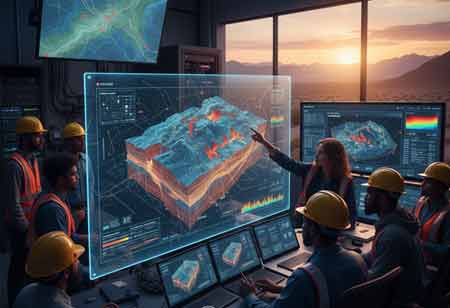THANK YOU FOR SUBSCRIBING
How are Voice Control and In-Car Speech Recognition System Changing the Driving Experience?
Digital voice-activated assistants have caused quite a stir, with their presence felt on our phones, laptops, wearables, automobiles, and even our homes.

By
Apac CIOOutlook | Wednesday, December 01, 2021
Stay ahead of the industry with exclusive feature stories on the top companies, expert insights and the latest news delivered straight to your inbox. Subscribe today.
The boredom of staring at the phone while driving got eliminated with in-car speech recognition technologies.
Fremont, CA: Digital voice-activated assistants have caused quite a stir, with their presence felt on our phones, laptops, wearables, automobiles, and even our homes. With impressive and increasing advancements in natural language comprehension and speech accuracy rates, the technology has led to a growing desire for enterprises to continue creating voice-enabled solutions that reach beyond the private sector.
Many new vehicles now include in-car voice recognition technologies as a standard feature. It aims to eliminate the monotony of staring at the phone while driving. Instead, a heads-up display allows drivers to focus their attention on the road and secure their thoughts. Voice activation in cars is getting reshaped by companies like Apple, Nuance, and Google.
What one can accomplish with in-vehicle voice control relies entirely on the automobile they are driving. The media system, which is usually altering the level or selecting a radio station, is the primary component that can be modified using voice control. Luxury automobiles with their Internet connection can provide even more advanced voice control features, allowing one to check the weather, find a parking spot, or even schedule a salon appointment. One can also use the machine to control text messages or have them read to them.
As a result of today's trend, speech-recognition hardware makers can include a path from basic VR to complicated systems that include VR as part of the operation. Customers want the technical infrastructure in place to stick to their product roadmap without having to switch CPU models. The advanced system will do location tracking with GPS, speech recognition, Bluetooth local phone communication, voice-activated control, and other duties.





